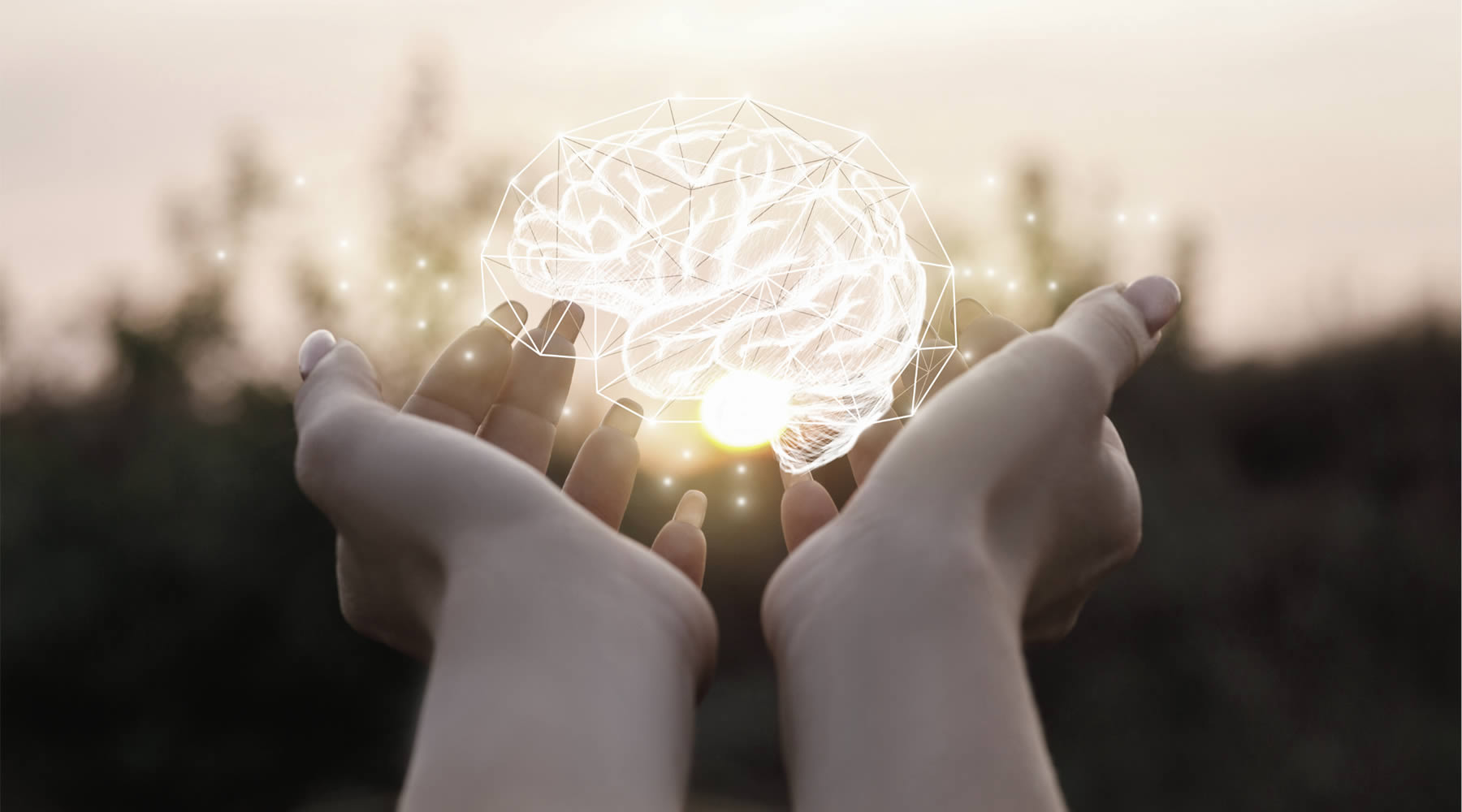In 2021 The Brain Cell was born when Josh Arce, non-licensed legal advisor, was volunteering for Claremont Sunrise Rotary at a local continuation high school. He asked the question, "How can I best serve the neurodivergent population in the context of their life experiences, environments and medical conditions?”
The Brain Cell is the synergy of both Josh's experience working as a music therapist and in law and advocacy for people with neurocognitive differences.
He strives to bring his multifaceted experiences and out-of-the-box neurodivergent thinking to help individuals like him live their best lives.












